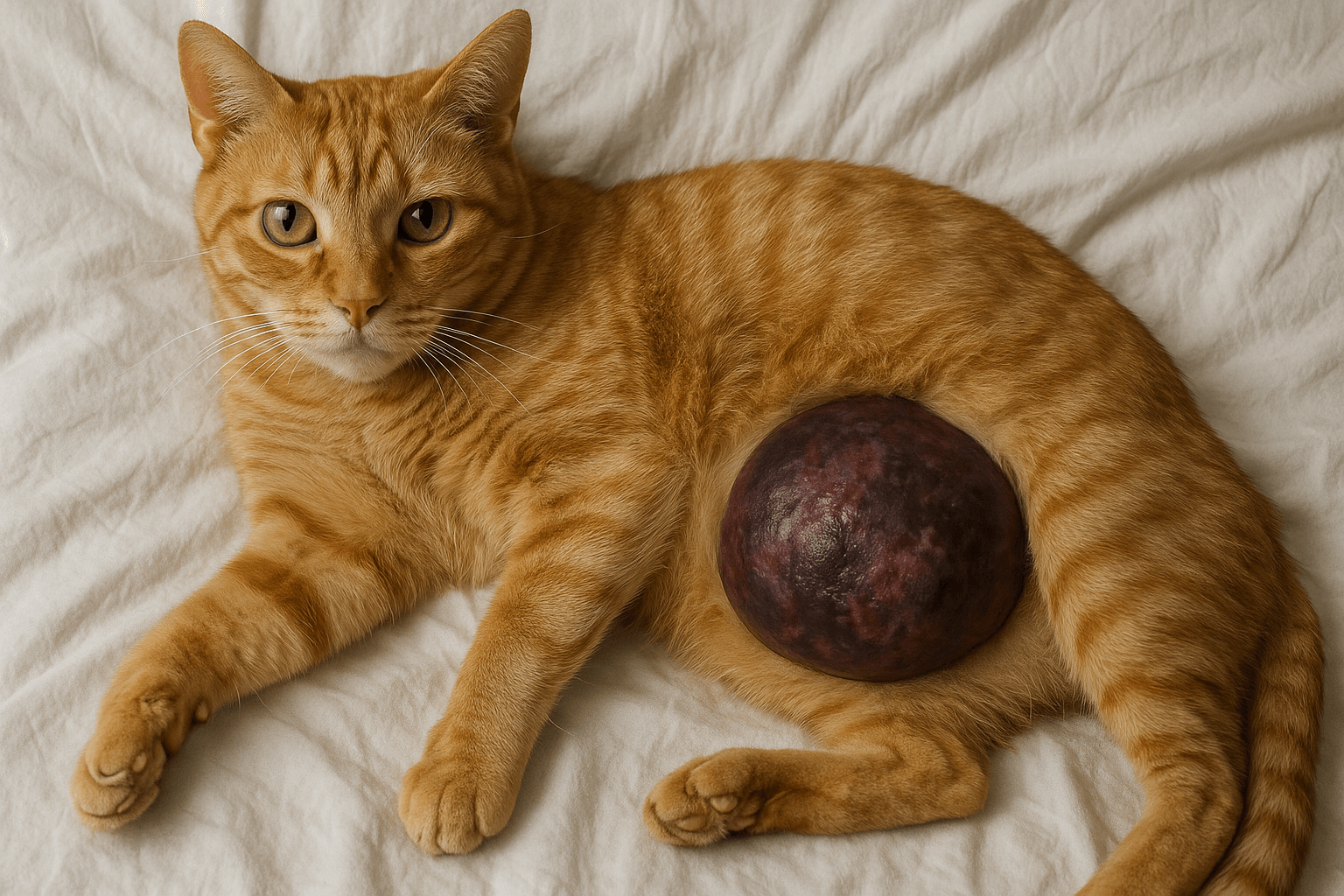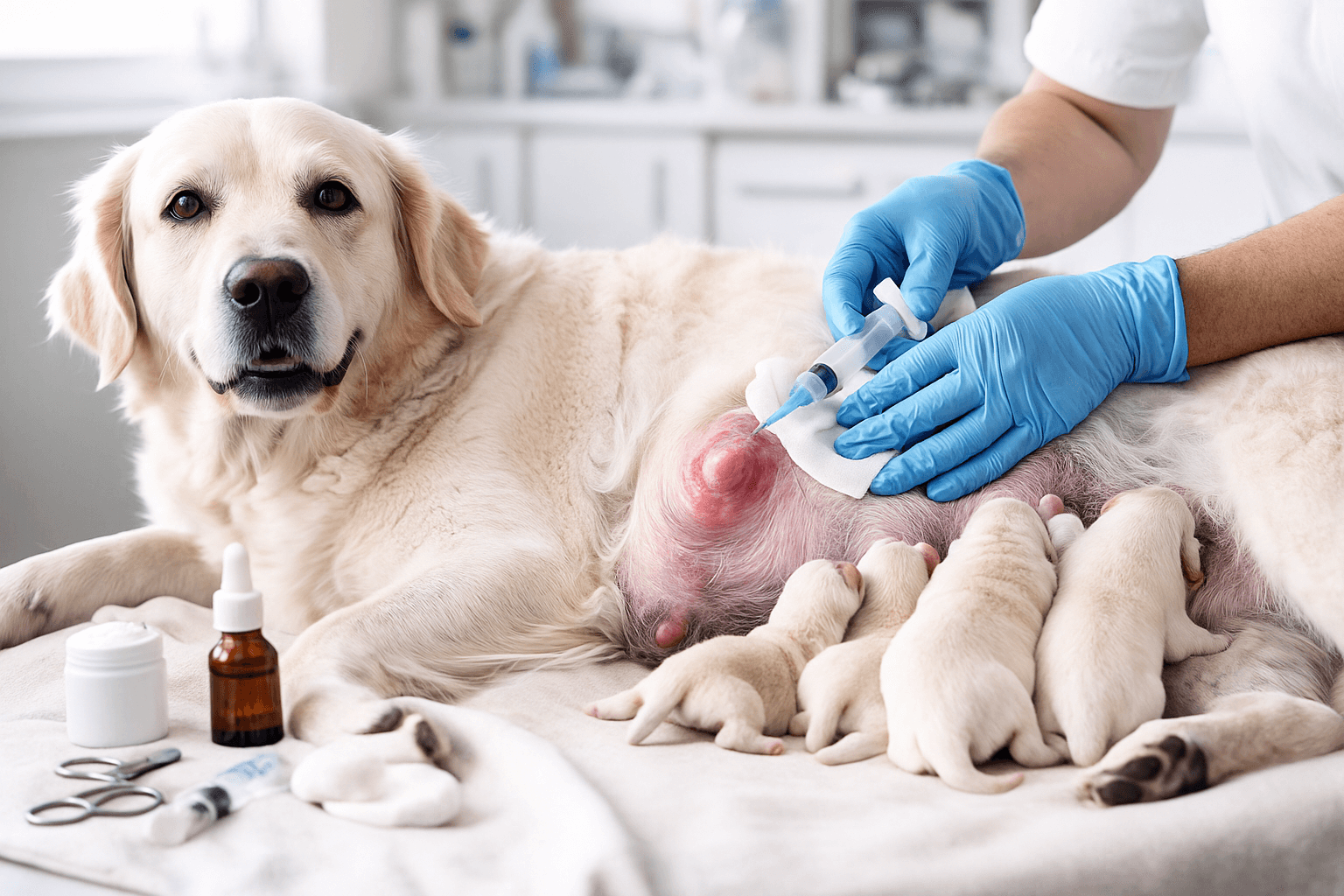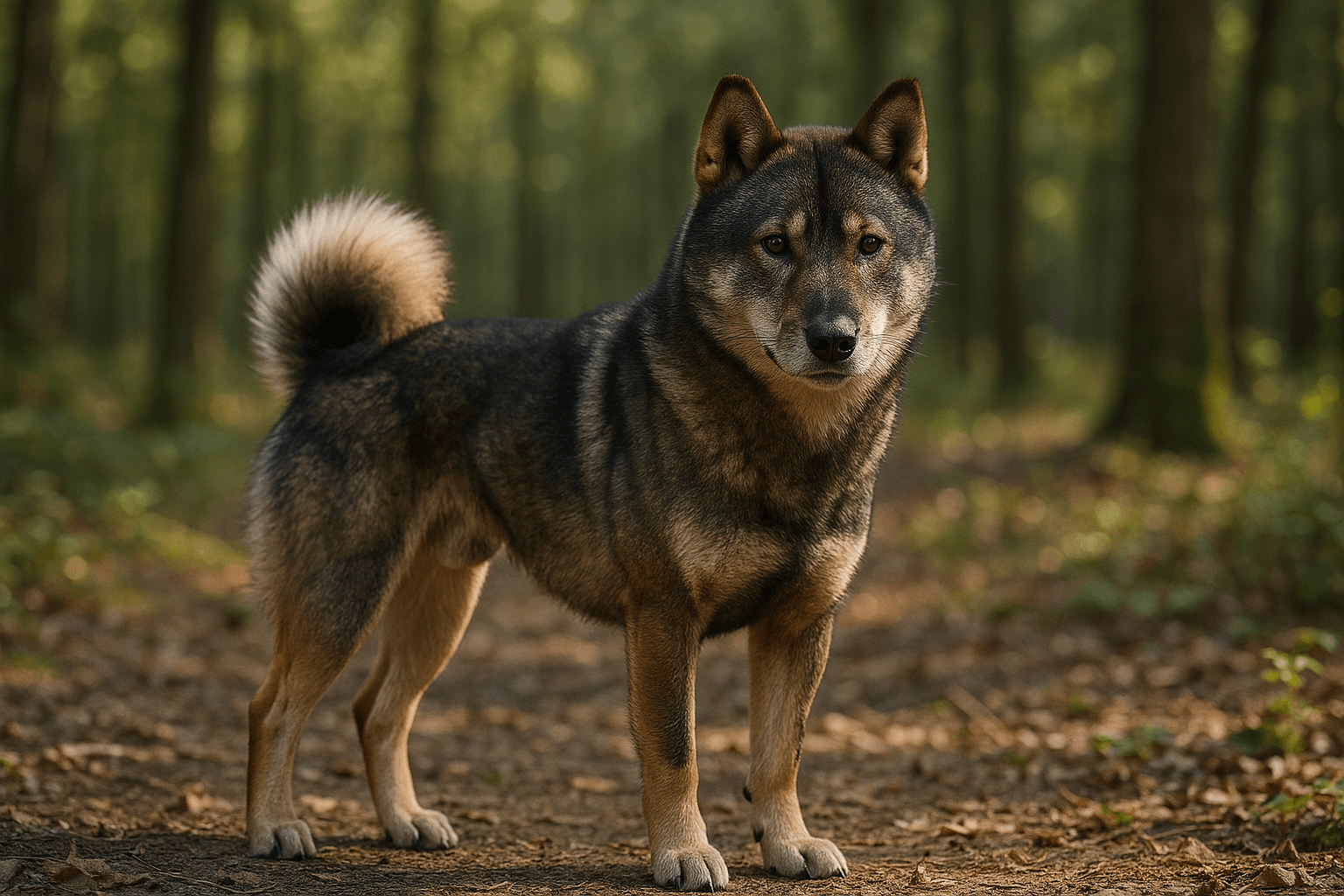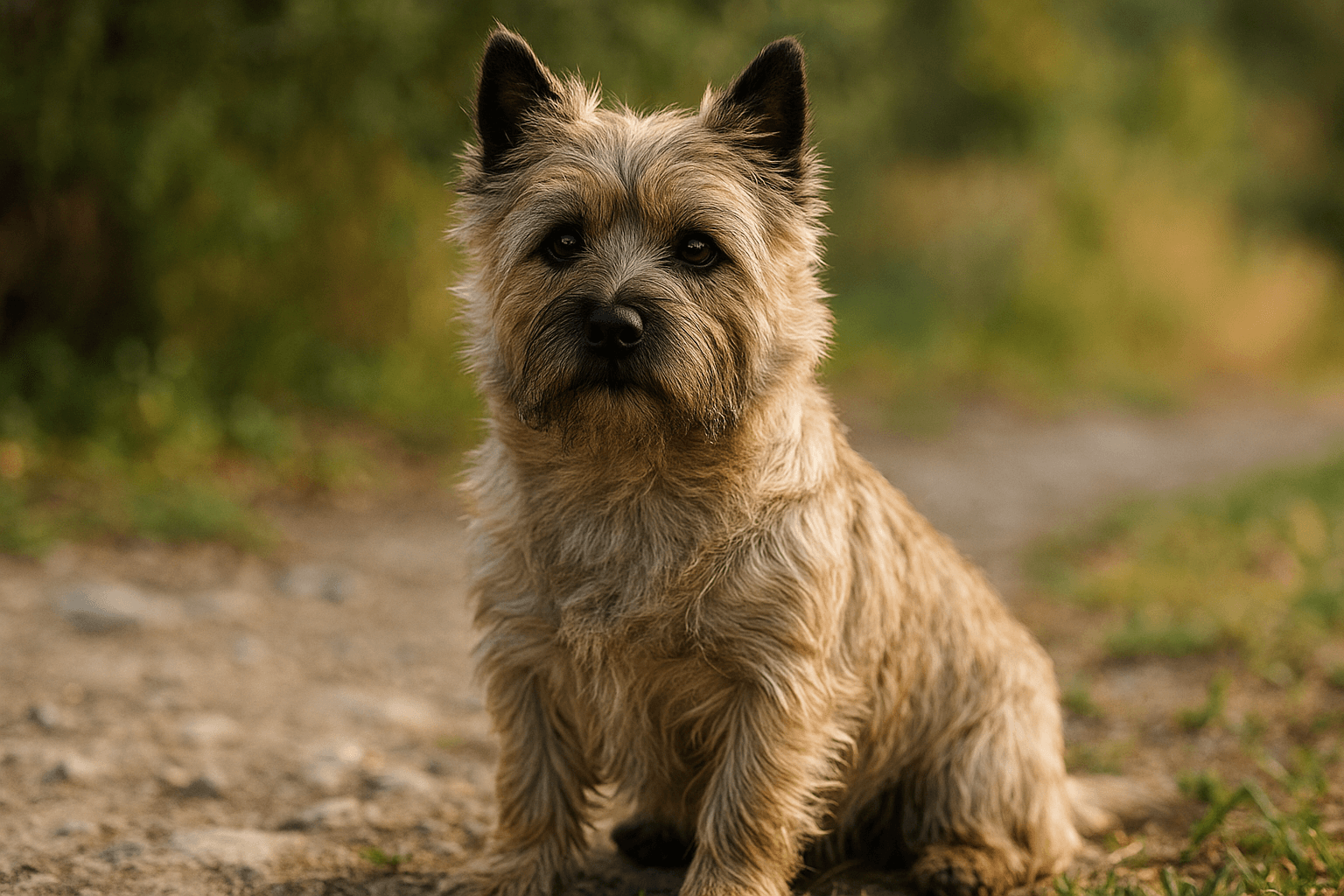Why Your Dog Wont Wear a Cone After Neutering – And What You Can Do About It
Neutering is a common and beneficial procedure for dogs, promoting better health and behavior. However, one of the most challenging aspects of post-surgery care is getting your furry friend to wear the dreaded cone. Also known as an Elizabethan collar, this plastic barrier is designed to prevent your dog from licking or biting at their incision site.
While it serves an essential purpose, many dogs find it uncomfortable, awkward, and downright annoying. If you’ve ever struggled to keep the cone on your dog after neutering, you’re not alone. In this blog post, we’ll explore why dogs resist wearing cones, alternative solutions, tips for making the process easier, and much more. Let’s dive in and help your pup recover comfortably while keeping their sanity (and yours) intact.
Why Dogs Hate Wearing Cones After Surgery
Dogs are naturally curious and active creatures, so when they’re suddenly restricted by a bulky plastic cone, it’s no wonder they resist. Here’s a breakdown of why your dog might hate wearing their cone:
Restricted Movement: The cone limits their ability to turn their head freely, which can feel unnatural and frustrating.
Discomfort: The hard edges of traditional cones can rub against furniture, walls, or even their own body, causing irritation.
Impaired Vision: The cone obstructs their peripheral vision, making them feel vulnerable and uneasy in their surroundings.
Difficulty Eating and Drinking: Many dogs struggle to eat or drink with a cone on, leading to hunger and dehydration if left unresolved.
Loss of Independence: Dogs are used to grooming themselves and exploring their environment. A cone takes away that freedom, leaving them feeling helpless.
Understanding these challenges can help you empathize with your dog’s frustration. Fortunately, there are ways to address these issues and make recovery easier for both of you.
Alternative Solutions to Traditional Cones
If your dog absolutely refuses to wear a cone, don’t worry—there are plenty of alternatives available. These options provide the same level of protection while being more comfortable for your pet. Here’s what you need to know:
Soft Fabric Collars: Made from flexible materials like foam or fabric, these collars are lightweight and less likely to cause discomfort.
Inflatable Collars: Resembling a life jacket for dogs, inflatable collars create a cushioned barrier around the neck without restricting movement.
Recovery Suits: These full-body garments cover the incision site and prevent licking without the need for a bulky collar.
Bitter Sprays: Applying a safe, non-toxic bitter spray to the incision area can deter licking and chewing.
Customized Protectors: Some companies offer tailor-made protective devices designed specifically for your dog’s size and needs.
Each option has its pros and cons, but trying out different solutions can help you find the best fit for your pup. Remember, the goal is to ensure their safety while minimizing stress during recovery.
Check this guide 👉Can a Neutered Dog Still Mate? Best 7 Expert Tips!
Check this guide 👉Understanding Infected Neuter Incisions in Dogs: Best 7 Tips
Check this guide 👉How Long After Neutering Is a Dogs Testosterone Gone? Best 7 Tips
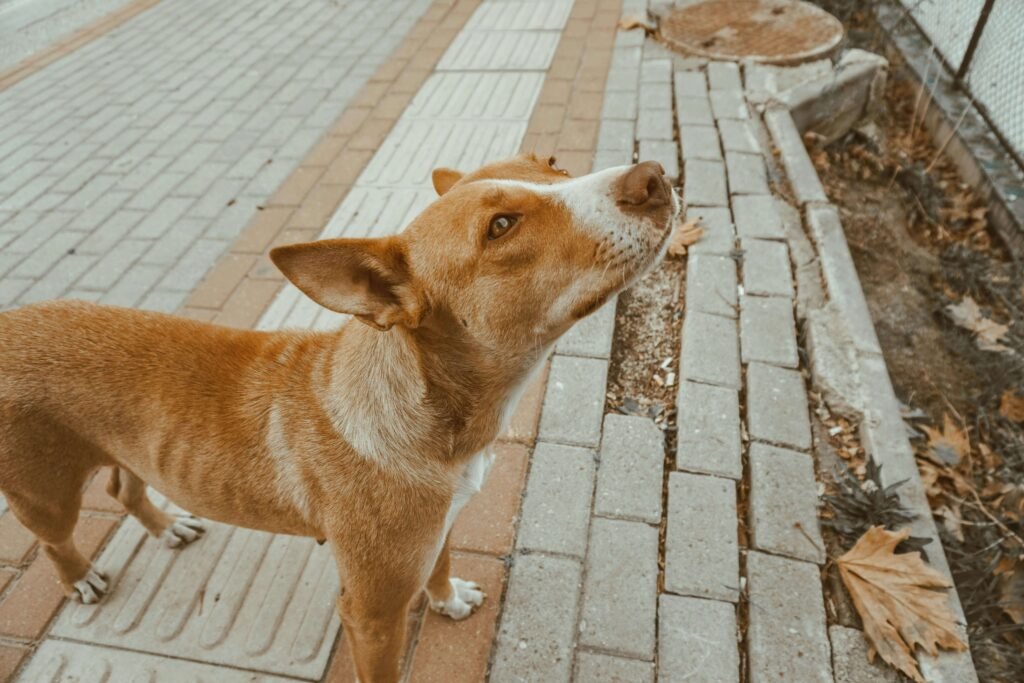
Traditional Cone Features | Alternative Solutions |
|---|---|
Hard plastic material | Soft, flexible fabrics |
Bulky design | Lightweight and compact |
Obstructs peripheral vision | Allows normal visibility |
Can cause skin irritation | Gentle on fur and skin |
Difficult to eat/drink with | Easier access to food/water |
Tips for Helping Your Dog Adjust to Wearing a Cone
Getting your dog accustomed to wearing a cone doesn’t have to be a battle. With patience and creativity, you can ease the transition. Here are some practical tips:
Introduce the Cone Gradually: Let your dog sniff and explore the cone before putting it on. Reward them with treats to create positive associations.
Supervise Playtime: Keep a close eye on your dog during play to ensure they don’t injure themselves while wearing the cone.
Provide Mental Stimulation: Offer puzzle toys or interactive games to keep your dog entertained despite the cone’s limitations.
Adjust Feeding Setup: Elevate food and water bowls to make eating and drinking easier for your dog.
Use Comfort Items: Surround your dog with familiar blankets or toys to reduce anxiety while wearing the cone.
By implementing these strategies, you can help your dog adapt to wearing a cone and ensure a smoother recovery process.
Common Mistakes to Avoid During Post-Surgery Care
Even well-meaning pet owners can make mistakes when caring for a dog after neutering. Avoiding these pitfalls will speed up your dog’s healing and minimize complications:
Removing the Cone Too Early: Taking off the cone prematurely increases the risk of infection from excessive licking or biting.
Neglecting Incision Checks: Failing to monitor the incision site daily can lead to undetected infections or swelling.
Overexertion: Allowing your dog to run or jump too soon can reopen the wound or delay healing.
Ignoring Behavioral Changes: Sudden lethargy, aggression, or loss of appetite may indicate underlying issues that require veterinary attention.
Using Unsafe Alternatives: DIY solutions like socks or bandanas often fail to provide adequate protection and should be avoided.
Steering clear of these errors ensures your dog recovers safely and comfortably, setting them up for long-term health and happiness.
Additional Tips for Easing Your Dog’s Recovery
Recovery after neutering is a delicate process, and your dog’s comfort should always come first. Beyond the cone dilemma, there are several ways to support your pet during this time. Here are some additional tips to consider:
Create a Calm Environment: Set up a quiet, cozy space where your dog can rest without distractions or loud noises.
Limit Physical Activity: Restrict running, jumping, or rough play to prevent strain on the incision site.
Offer Gentle Affection: Spend quality time with your dog, offering soothing words and gentle pets to reassure them.
By focusing on these aspects, you’ll help your dog feel more relaxed and secure during their recovery period.
Signs That Indicate Your Dog Is Healing Well
Monitoring your dog’s behavior and physical condition is crucial to ensure they’re healing properly. Look out for these positive signs that indicate progress:
Normal Appetite: Your dog resumes eating and drinking normally, showing interest in meals.
Active but Controlled Behavior: They show signs of energy but aren’t overly restless or hyperactive.
Clean Incision Site: The surgical area remains dry, free of redness, swelling, or discharge.
Improved Mood: Your dog seems happy, engaged, and less bothered by the cone or protective device.
No Excessive Licking: Even without the cone, your dog doesn’t obsessively lick or chew at the incision.
These signs are good indicators that your dog is on the road to recovery, but always consult your vet if anything seems unusual.
Fun Ways to Keep Your Dog Entertained While Wearing a Cone
Wearing a cone can make your dog feel restricted, but boredom doesn’t have to be part of their recovery. Here are some fun activities to keep them entertained:
Interactive Toys: Provide puzzle toys or treat-dispensing balls that challenge their mind without requiring much movement.
Scent Games: Hide treats around the house or yard (if supervised) to engage their sense of smell.
Gentle Training Sessions: Teach simple commands or tricks using verbal cues and rewards to stimulate their brain.
Watch Dog-Friendly Movies: Play calming videos or shows designed for dogs to keep them visually entertained.
Comfy Nap Time: Encourage rest by setting up a plush bed with their favorite blanket or toy nearby.
Keeping your dog mentally and emotionally stimulated will not only distract them from the cone but also strengthen your bond during this challenging time.
Frequently Asked Questions About Dogs and Cones After Neutering
Why does my dog need to wear a cone after surgery?
A cone prevents your dog from licking or biting the incision site, reducing the risk of infection and promoting proper healing.
How long should my dog wear the cone?
Typically, dogs need to wear the cone for 7-10 days post-surgery, but your veterinarian will provide specific guidance based on your dog’s condition.
Can I take the cone off at night?
It’s generally not recommended unless your vet advises otherwise, as nighttime is often when dogs attempt to lick their wounds.
What if my dog won’t eat with the cone on?
Try elevating their food bowl or using a shallow dish to make eating easier. If problems persist, consult your vet.
Are there any risks associated with not using a cone?
Yes, without a cone, your dog may lick or chew at the incision, increasing the likelihood of infection, inflammation, or reopening the wound.
Final Thoughts: Supporting Your Dog Through Recovery
Caring for a dog after neutering can be challenging, especially when it comes to managing their resistance to wearing a cone. By understanding why dogs dislike cones and exploring alternative solutions, you can make the recovery process smoother and less stressful for everyone involved. Remember to stay patient, supervise closely, and prioritize your dog’s comfort and safety above all else. With time, love, and the right approach, your pup will heal quickly and return to their playful, happy self.
Spleen Cancer in Cats: Best 7 Expert Tips! – Expert insights on symptoms, care, treatment & quality of life for feline spleen cancer.
Dog Mastitis Treatment: Best 7 Expert Tips! – Safe, vet-approved care for nursing moms & prevention strategies.
The Shikoku Ken Dog: Best 7 Expert Tips! – Discover expert care, training & health advice for this rare, loyal Japanese mountain breed.
The Cairn Terrier Dog Breed: Best 7 Expert Tips! – Discover care, training & health advice for this spirited, loyal Scottish terrier.


